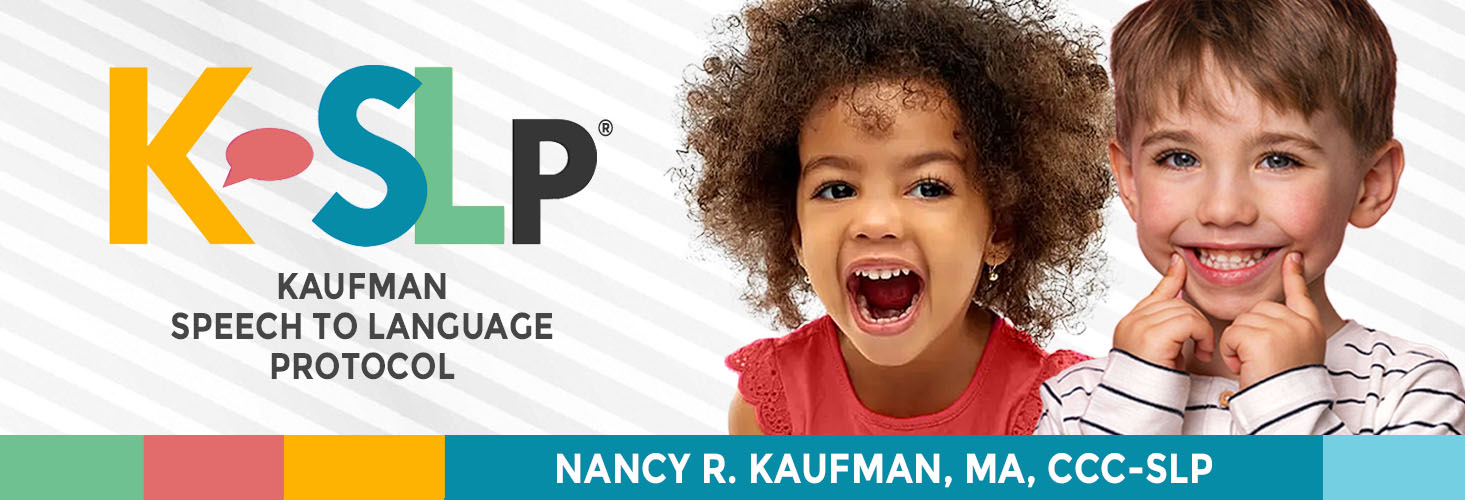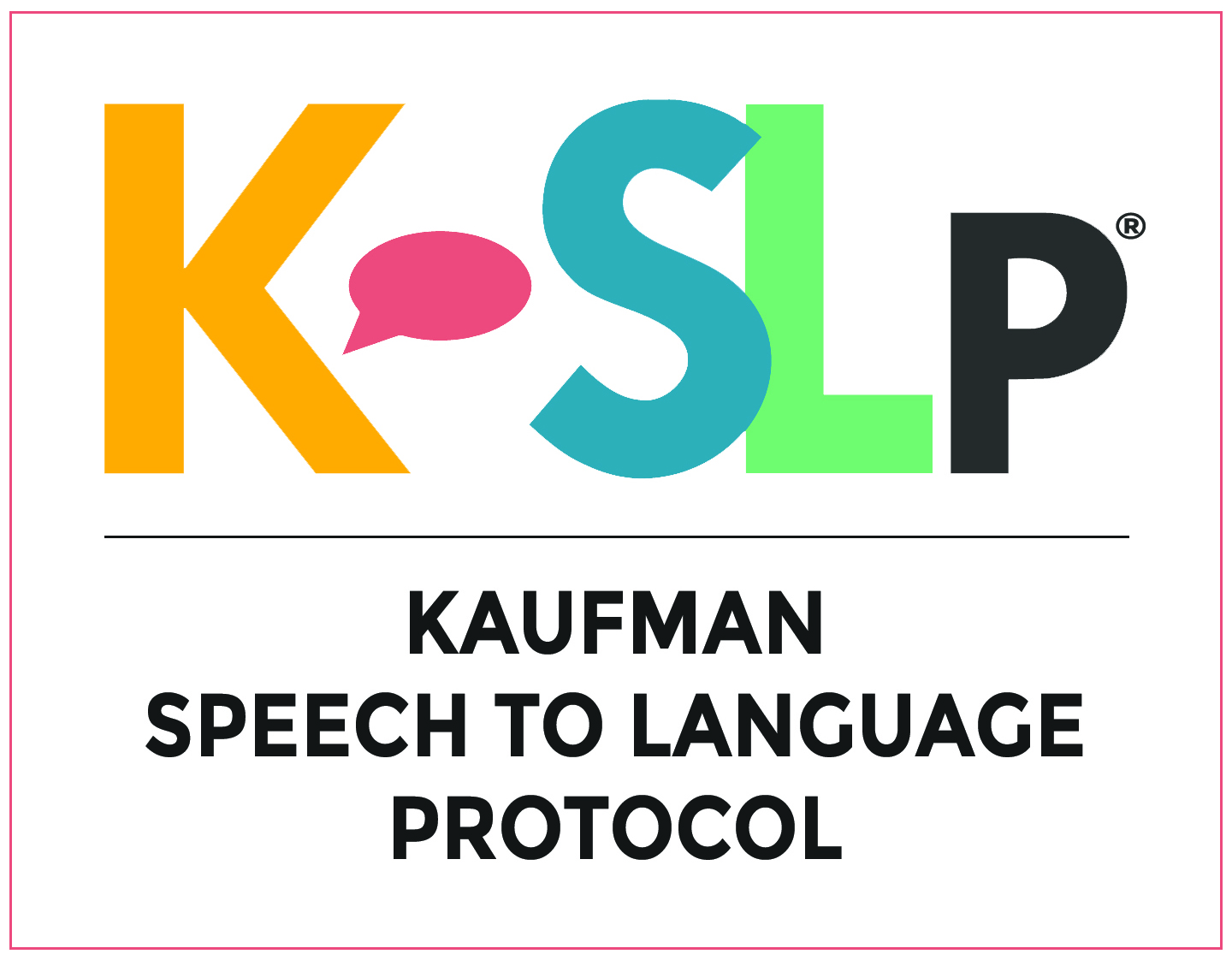A single case experimental design study using operationalised version of the Kaufman Speech to Language Protocol for children with childhood apraxia of speech. Gomez, M., Purcell, A., Jakielski, K., McCabe, P. (October 19, 2023). International Journal of Speech-Language Pathology. LINK
Apraxia of speech in children & adolescents: Application of neuroscience to differential diagnosis & intervention. Burns, M. S. (April 01, 2011). Perspectives on Neurophysiology and Neurogenic Speech and Language Disorders, 21, 1, 15. LINK
Bridging the gap between speech & language: Using multimodal treatment in a child with apraxia. Tierney, C., Pitterle, K., Kurtz, M., Nakhla, M. & Todorow, C. (September 01, 2016). Pediatrics, 138, 3. LINK
Increasing the vocal responses of children with autism & developmental disabilities using manual sign mand training & prompt delay. Carbone, V., Sweeney-Kerwin, E., Attanasio, V. & Kasper, T. (2010). Journal of Applied Behavior Analysis, 43(4), 705-709. LINK
Treating childhood apraxia of speech with the Kaufman Speech to Language Protocol: A phase 1 pilot study. Gomez, M., McCabe, P., Jakielski, K. & Purcell, A. (January 01, 2018). Language, Speech, And Hearing Services in Schools, 2018, 1-13. LINK


